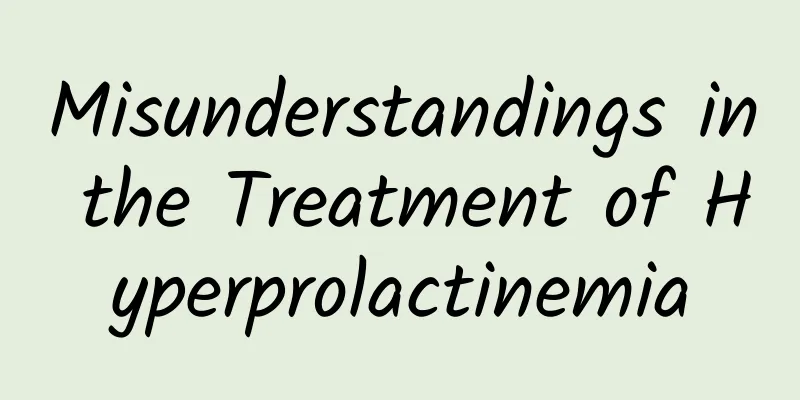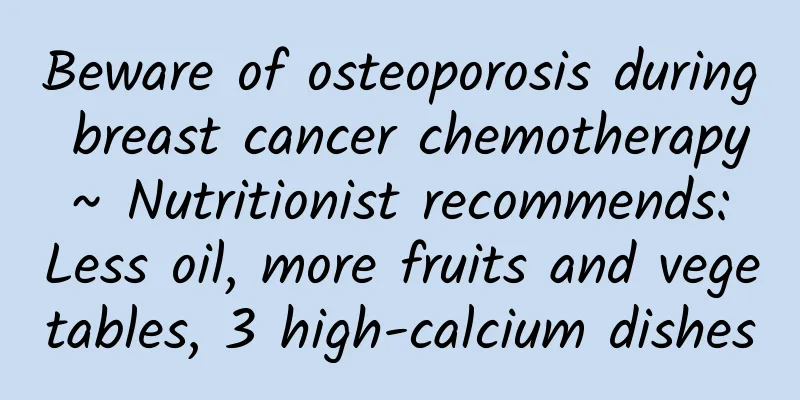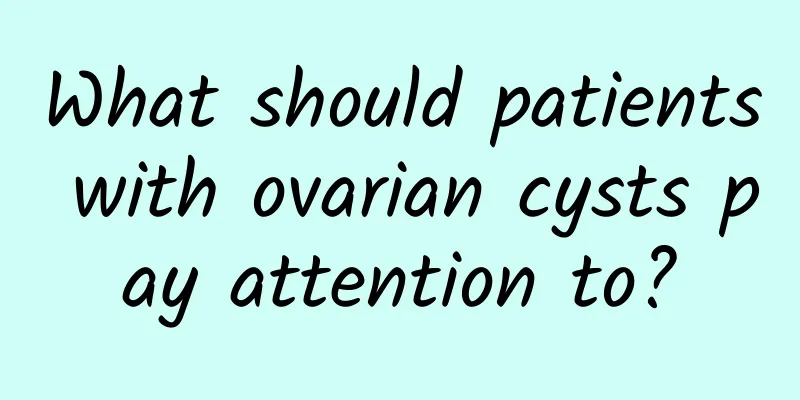Misunderstandings in the Treatment of Hyperprolactinemia

|
Hyperprolactinemia is a type of female disease that can lead to infertility, oligomenorrhea, amenorrhea and other symptoms, causing a lot of trouble to the patient's life and psychology. Therefore, we generally use anti-prolactin therapy, ovulation induction therapy and radiotherapy, but it is still recommended that patients go to a professional hospital for treatment and examination, so as to better cure hyperprolactinemia. How to treat hyperprolactinemia in pregnant women Patients with hyperprolactinemia often come to the attention of obstetricians after a spontaneous pregnancy or with a history of hyperprolactinemia being treated for infertility. Pregnancy may present with a transient physiologic hyperprolactinemia. However, some clinical symptoms (such as lactation, anovulation, or hypogonadism) suggest that treatment should be sought; these symptoms are unrelated to pregnancy. Furthermore, idiopathic hyperprolactinemia and microadenomas rarely result in significant adverse outcomes. Therefore, enlargement of a macroadenoma is the most common indication for treatment during pregnancy. Treatment options include bromocriptine and transsphenoidal surgery. Bromocriptine is an ergot derivative with potential dopamine agonist activity. In patients with hyperprolactinemia and anovulation treated with bromocriptine, 80-90% of them will have normal menstruation and many will become pregnant. Side effects are also significant, with vomiting and postural hypotension being common. Side effects are more frequent during initial treatment. Treatment begins with a low dose (1.25 mg) taken at bedtime with meals. After a few weeks, the dose can be increased to 2.5 mg twice a day, and the clinical effect can be evaluated after a few months. If the side effects are intolerable, vaginal bromocriptine can be tried. In addition to improving the clinical symptoms of hyperprolactinemia (anoovulation, lactation, or hypogonadism), bromocriptine can also shrink prolactinomas. Long-term mental and physical fatigue often causes the body's qi and blood to be deficient. Traditional Chinese medicine believes that this disease is deficiency. Deficiency is a staged result in the development of this disease. Depression and deficiency cause poor circulation of qi and blood, which eventually leads to stasis. Stasis is a more serious consequence of the development of this disease. Western medicine has no good method to treat this disease. Traditional Chinese medicine treatment only needs to follow the principles of relieving depression, replenishing and dispersing stasis, and most of them can achieve satisfactory results. Medicinal use: 10g of Chinese angelica, 10g of white peony root, 10g of Chuanxiong, 15g of raw rehmannia, 6g of safflower, 10g of peach kernel, 10g of Korean ginseng, 10g of white atractylodes, 10g of Poria, 20g of Chinese yam, 15g of bupleurum, 10g of turmeric, 10g of corydalis, 10g of golden bell fruit, 10g of polygonatum, 10g of wolfberry, 10g of curculigo, 10g of Morinda officinalis, 6g of liquorice. 30 doses for one course of treatment. For amenorrhea, take it until menstruation comes, then stop taking it. Continue taking it after menstruation is over. For irregular menstruation, take it between two menstruations, and take it continuously for 2-3 menstrual cycles until the symptoms are basically improved. When infertile people conceive, amenorrhea people menstruate, and irregular menstruation people resume normal menstruation, the prolactin concentration in the blood that is several times higher than the normal standard can naturally return to normal. Even if patients are found to have pituitary hypertrophy or mass formation under MRI, the original hypertrophy or mass will disappear after various clinical symptoms disappear. The above introduction is the treatment method, which is especially suitable for pregnant women. Pregnant women suffering from this disease must be careful in treatment. Patients must cooperate with the doctor's advice during treatment and must not take medicine indiscriminately on their own, as this will cause great harm to pregnant women. = |
<<: New progress in the treatment of hyperprolactinemia
>>: Principles of treatment of idiopathic hyperprolactinemia
Recommend
How to break through the weight loss plateau? Famous weight loss doctor: 4 more to help burn fat
The most feared thing about weight loss is encoun...
How long does it take to treat mild cervical hypertrophy?
The treatment time for mild cervical hypertrophy ...
How much do you know about common pelvic inflammatory disease examination methods?
Pelvic inflammatory disease is a serious health d...
How are bacterial vaginosis and mild cervicitis treated?
How are bacterial vaginosis and mild cervicitis t...
3 things to pay attention to in daily life of elderly patients with vaginitis
Senile vaginitis generally refers to vaginitis th...
What are the causes of cervical erosion in women? Check out the 7 causes of cervical erosion
The so-called cervical erosion is actually no lon...
What medicine should I take for lower back pain caused by the growth of uterine fibroids? What should I do if I have severe lower back pain caused by uterine fibroids?
Uterine fibroids are a common gynecological disea...
Can bacterial vaginosis be transmitted to other people?
In recent years, due to poor hygiene, the rate of...
Can Iodine Solution Be Used to Clean Fungal Vaginitis?
Can candidal vaginitis be cleaned with iodine sol...
Does uterine fibroids have any effect on pregnancy? Does uterine fibroids have any effect on the fetus?
Are there any effects of uterine fibroids during ...
Can I take blood-producing tablets during my menstrual period? Will it affect my menstrual period?
Women can also take blood-generating tablets duri...
Have you ever paid attention to the clinical manifestations of uterine fibroids?
Do you know what the clinical manifestations of u...
Is withdrawal bleeding a miscarriage?
Withdrawal bleeding is not miscarriage. These are...
How to cure female cervical erosion quickly? Chinese medicine remedies are effective in treating cervical erosion
Cervical erosion is a disease that many female fr...
Introduction to common diagnostic methods for cervical precancerous lesions
Cervical precancerous lesions are a type of cance...









